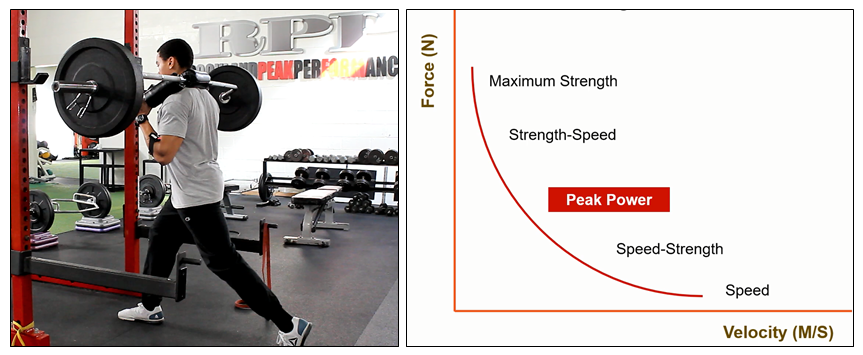
In Parts 1 (click here) and 2 (click here), we talked about what the Force-Velocity curve is and why it’s important. We also introduced VBT (velocity-based training), discussing how it’s different from conventional 1RM testing and some of the benefits in using it to train your athletes. Today, we’ll dive a little deeper and talk about the specific “zones” used to train different traits on the Force-Velo curve as well as how they relate to specific movements on the field. Continue reading “Training with VBT… Understanding and Training in the Zones (Part 3)”










